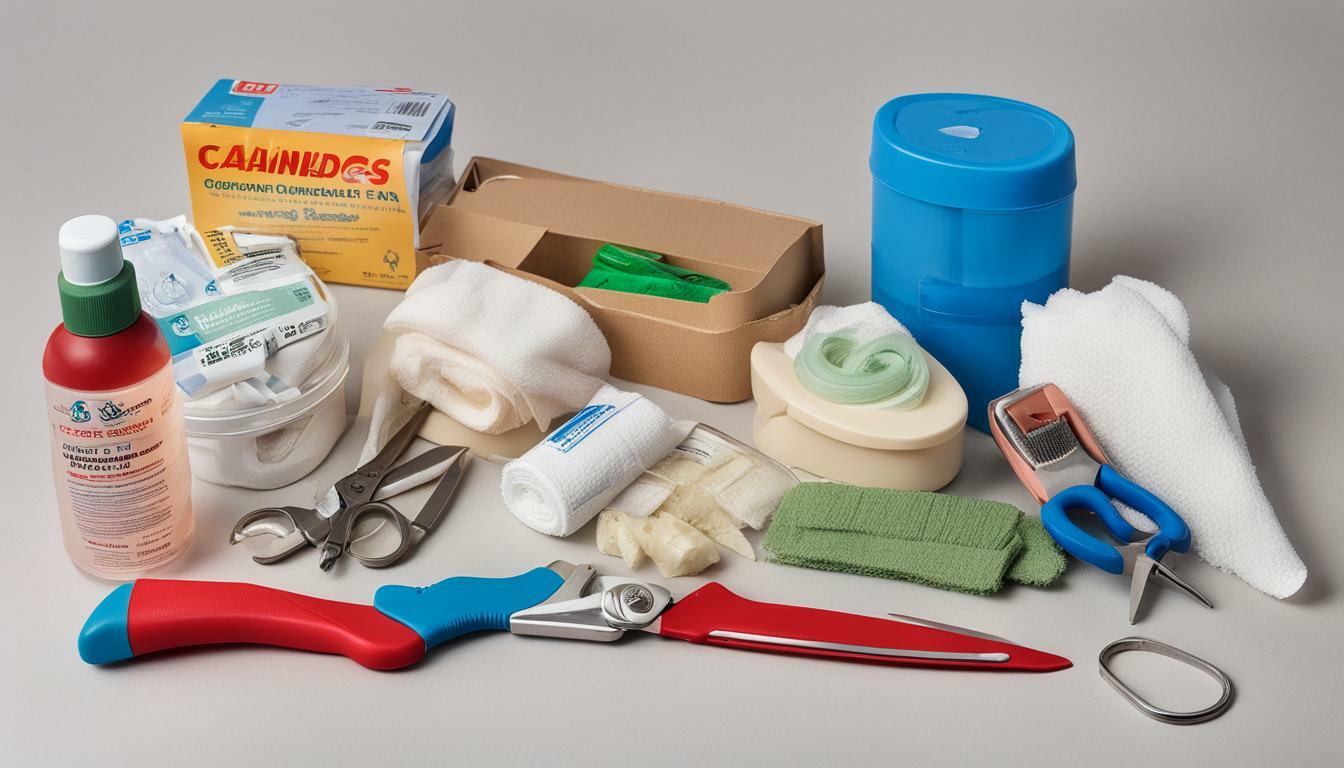In this comprehensive guide, we will walk you through the process of creating a pet first aid kit specifically tailored for UK pet owners. By assembling a well-stocked first aid kit, you can ensure the safety and well-being of your beloved furry friend in case of an emergency. We will cover everything from essential items to assembling the kit and provide expert tips on pet first aid.
Accidents can happen at any time, and it’s important to be prepared. Having a dedicated pet first aid kit allows you to quickly respond to emergencies and provide immediate care. Whether it’s a minor injury like a cut or a more serious situation that requires immediate attention, a well-equipped first aid kit can make all the difference in your pet’s health and recovery.
Key Takeaways
- Creating a well-stocked pet first aid kit is essential for all pet owners.
- A pet first aid kit can help you provide immediate care to your pet in case of an emergency.
- Regularly checking and updating your pet’s first aid kit is important to ensure it’s always ready for use.
Why You Need a Pet First Aid Kit
Accidents can happen at any time, and it’s important to be prepared. Your pets are part of your family, and like any other member of your family, they might need medical attention when you least expect it. Having a dedicated pet first aid kit allows you to quickly respond to pet emergencies and provide immediate care. Whether it’s a minor injury like a cut or a more serious situation that requires immediate attention, a well-equipped first aid kit can make all the difference in your pet’s health and recovery.
With the right essential items for pet emergency first aid, you can effectively handle any pet injury or illness. Your pet’s first aid kit should include items such as bandages, antiseptic solution, tweezers, scissors, gloves, and a thermometer. These essential items will help you deal with any emergencies, from cuts and burns to broken bones and poisoning. A well-stocked kit will also take the stress out of any emergency situation, allowing you to administer pet first aid with confidence.
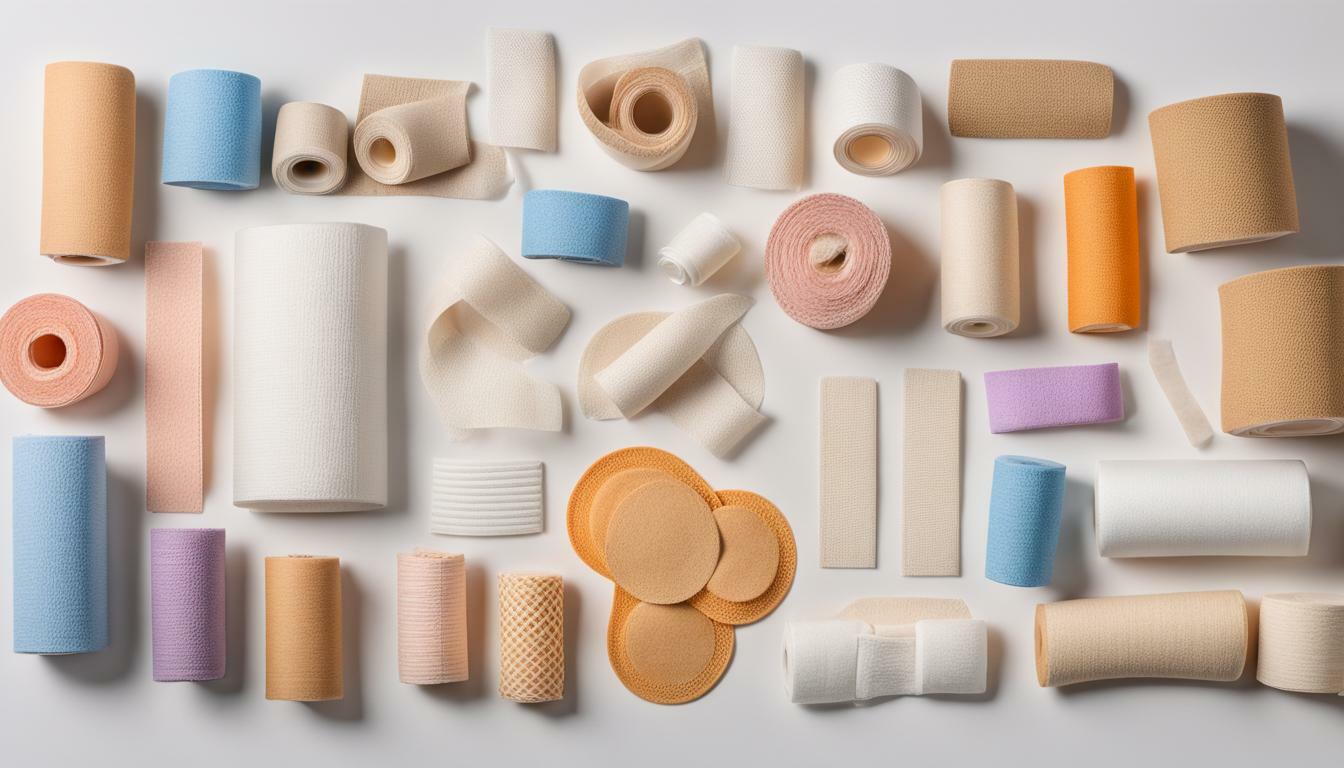
Remember, pet emergency first aid is not a replacement for veterinary care. In case of any serious injury or illness, always contact your veterinarian immediately. However, in the event of a pet emergency, having a pet first aid kit on hand can help keep your furry friend stable and comfortable while you transport them to the vet.
Essential Items for Your Pet First Aid Kit
Assembling a pet first aid kit is an essential step in ensuring the safety and well-being of your furry friend. The kit should contain all the necessary supplies to provide immediate care in case of an emergency. To help you get started, we have provided a comprehensive pet first aid checklist below.
| Item | Quantity |
|---|---|
| Bandages (Assorted sizes) | 2-3 rolls |
| Antiseptic solution | 1 bottle |
| Tweezers | 1 pair |
| Scissors (blunt-end) | 1 pair |
| Gloves (Latex-free) | 1 pair |
| Thermometer | 1 digital thermometer |
| Emergency blanket | 1 blanket |
Note: Depending on your pet’s specific needs, you may want to add additional items to your first aid kit. For example, if your pet requires medication, be sure to include it in the kit and regularly check the expiration date. In addition, keep a copy of your pet’s medical records in the kit or have access to them in case you need to provide them to a veterinarian.
Once you have gathered all the necessary supplies, place them in a waterproof container that is easily accessible. Keep the kit in a designated location and make sure all family members know where it is located.
By following this pet first aid checklist and assembling a well-stocked first aid kit, you can have peace of mind knowing that you are prepared for any emergency situation. Regularly check and update your kit to ensure all supplies are in good condition and within their expiration dates.

Pet First Aid Guide: Common Emergencies and Tips
As a responsible pet owner, it’s important to be prepared for emergencies. Knowing how to provide first aid can make all the difference in your pet’s health and recovery. In this comprehensive pet first aid guide, we will cover common emergencies and the appropriate first aid measures to take.
Choking
Choking is a serious emergency that requires immediate attention. If your pet is choking, try to remove the object with your fingers or pliers. If you are unable to remove the object, don’t hesitate to take your pet to the vet.
- If your pet is choking, try to remove the object with your fingers or pliers.
- If you are unable to remove the object, don’t hesitate to take your pet to the vet.
Bleeding
Bleeding can occur due to various reasons, including injuries or cuts. If your pet is bleeding, apply pressure to the wound with a clean cloth or bandage. If the bleeding is severe, seek immediate veterinary attention.
- If your pet is bleeding, apply pressure to the wound with a clean cloth or bandage.
- If the bleeding is severe, seek immediate veterinary attention.
Poisoning
If you suspect your pet has ingested a toxic substance, contact your vet or a pet poison hotline immediately. Do not induce vomiting unless instructed to do so by a professional.
- If you suspect your pet has ingested a toxic substance, contact your vet or a pet poison hotline immediately.
- Do not induce vomiting unless instructed to do so by a professional.
Seizures
If your pet is having a seizure, try to keep them away from any dangerous objects. Do not attempt to restrain them or put anything in their mouth. Contact your vet immediately.
- If your pet is having a seizure, try to keep them away from any dangerous objects.
- Do not attempt to restrain them or put anything in their mouth.
- Contact your vet immediately.
Pet First Aid Training
While this guide provides important information on pet first aid, it’s important to note that in some situations, professional assistance is required. Pet first aid training is an excellent way to familiarise yourself with your pet’s needs and how to respond to emergencies effectively. Consider attending a pet first aid training course to gain further knowledge and practice.
Pet First Aid Tips
Prevention is the best form of treatment. Here are some tips to keep your pet safe and healthy:
- Regularly groom and inspect your pet for any signs of injury or illness.
- Ensure your pet has a safe and secure environment to prevent injuries or accidents.
- Keep your pet up-to-date with vaccinations and regular check-ups with your vet.
- Learn to recognise your pet’s normal behaviour, so you can quickly identify when something is wrong.
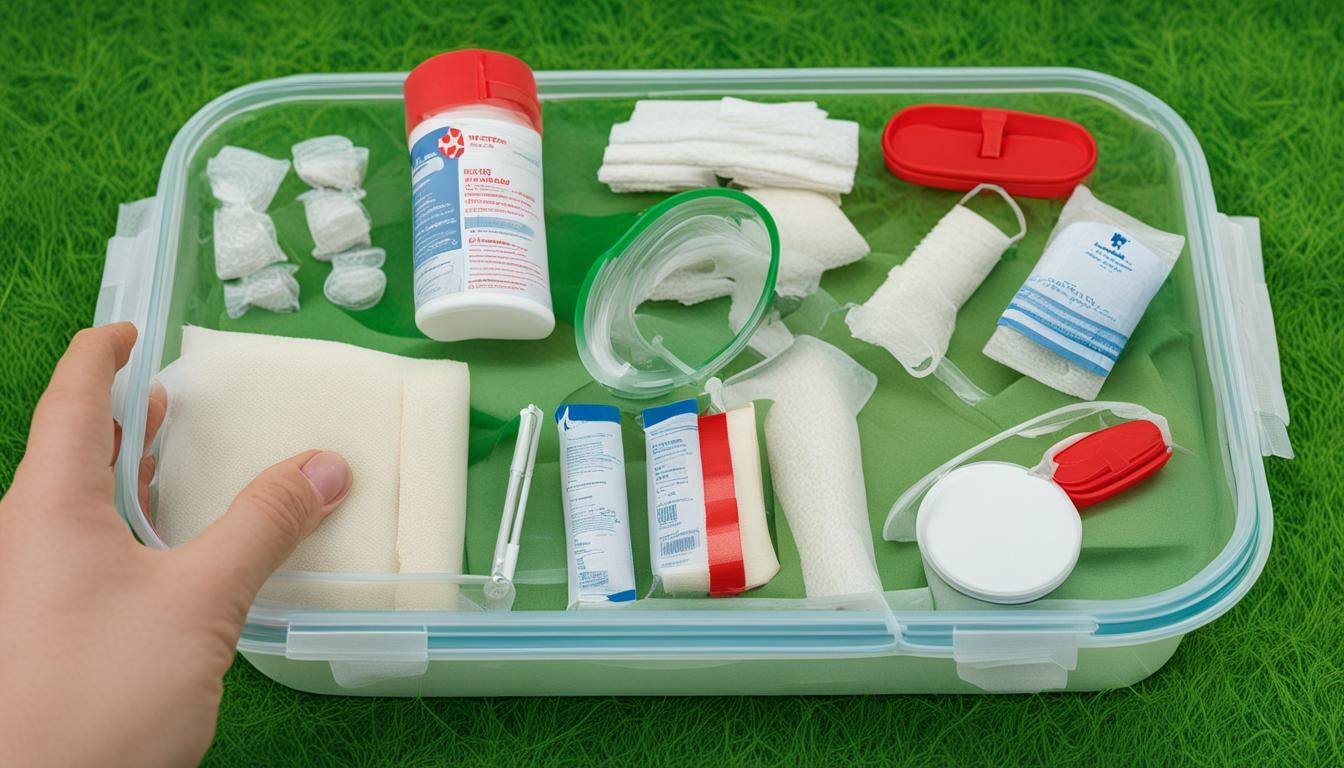
Remember to always keep your pet first aid kit handy and accessible, regularly check and update it, and familiarise yourself with its contents. By knowing what to do in an emergency and having the right supplies, you can ensure your pet receives the best care possible.
Pet First Aid Training: Why It’s Important
While having a well-stocked pet first aid kit is important, knowing how to use it effectively is equally crucial. Pet first aid training can empower you to confidently respond to emergencies and provide immediate care to your pet.
During pet first aid training, you’ll learn how to identify different types of pet emergencies, how to assess your pet’s condition, and how to react appropriately. You’ll also learn how to administer basic first aid treatments such as bandaging wounds, administering medication, and performing CPR if necessary.
By attending pet first aid training, you’ll gain valuable knowledge and skills that can help save your pet’s life in an emergency situation. Additionally, you’ll be able to recognise the early signs of various ailments and take preventive measures to keep your pet healthy and safe.
Where to Find Reputable Pet First Aid Training Courses in the UK
There are many reputable pet first aid training courses available throughout the UK. One of the most well-known providers is the Red Cross, which offers comprehensive pet first aid training that covers a wide range of emergency situations.
Other well-known providers include St John Ambulance and the Pet Education, Training and Behaviour Council (PETbc). PETbc provides both online and in-person pet first aid training, making it a convenient option for busy pet owners.
When choosing a pet first aid training course, be sure to check the provider’s credentials and experience. Look for courses that are taught by qualified instructors who have experience in pet care and first aid.
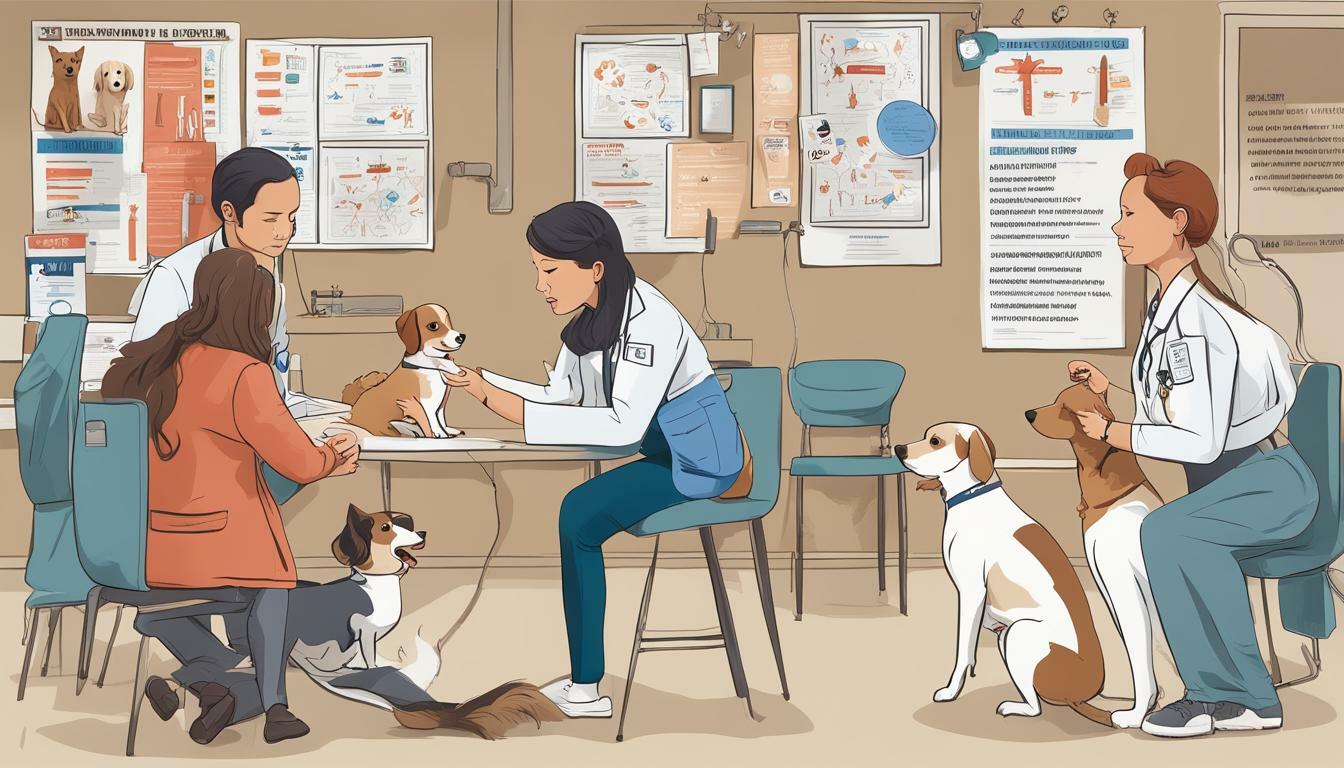
Pet First Aid Tips for Everyday Situations
As a pet owner, it’s important to be prepared for everyday situations that may require basic first aid. Here are some pet first aid tips to help you promote your pet’s overall well-being:
Handling Minor Injuries
If your pet has a minor cut or scrape, it’s important to clean the wound and prevent infection. Begin by gently cleaning the wound with mild soap and water. Then, apply an antiseptic solution and wrap the wound in gauze or a bandage. If the wound is deep or bleeding heavily, seek veterinary attention immediately.
Managing Common Ailments
Some common ailments in pets include vomiting, diarrhea, and dehydration. If your pet is experiencing any of these symptoms, it’s important to keep them hydrated and monitor their symptoms. Offer small amounts of water and food at a time, and if symptoms persist, seek veterinary attention.
Promoting Overall Well-being
Regular exercise, a healthy diet, and routine veterinary care can go a long way in promoting your pet’s overall well-being. Additionally, providing your pet with plenty of mental stimulation and socialization can help prevent boredom and promote happiness.
Remember, while these pet first aid tips can be helpful in everyday situations, it’s important to seek veterinary attention for any serious or concerning symptoms. By being proactive and knowledgeable about pet first aid, you can help keep your furry friend healthy and happy.
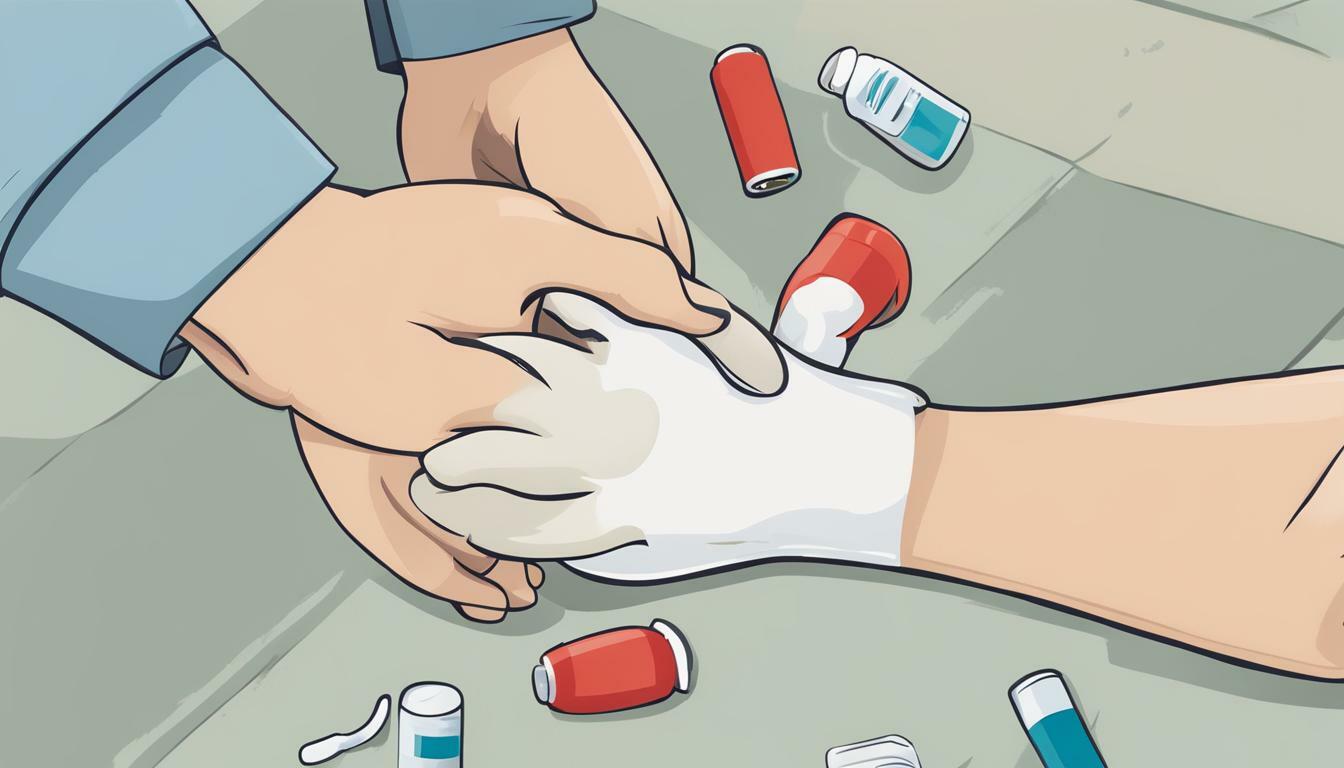
The Importance of Regularly Checking and Updating Your Pet First Aid Kit
Ensuring that you have a well-stocked pet first aid kit is crucial in case of an emergency. However, simply owning a first aid kit is not enough. You must also regularly check and update the contents of the kit to ensure that all the supplies are in good condition and within their expiration dates.
Regular checks are essential to guarantee that the necessary pet first aid supplies are available when needed. For example, bandages should be checked for discolouration, and antiseptic solutions should be checked for leakage. Additionally, expired supplies should be removed from the kit and replaced with new ones.
The frequency of the checks depends on the contents of the kit, but it is recommended to check it at least once a year. However, it’s essential to inspect the kit after every use, as some items may need to be replenished or replaced after use.
The best way to keep your pet first aid kit up to date is to create a checklist of the necessary items and mark off each item during the regular inspections. This way, you can ensure that you have everything you need for your pet’s first aid kit and avoid missing anything important.
| Tip: | Store your pet first aid kit in a cool, dry place and away from direct sunlight to prevent any potential damage to the supplies. |
|---|
Remember that an outdated or incomplete first aid kit can be just as dangerous as having no kit at all. So, make it a habit to regularly check and update your pet first aid kit to ensure that you are always prepared for an emergency.
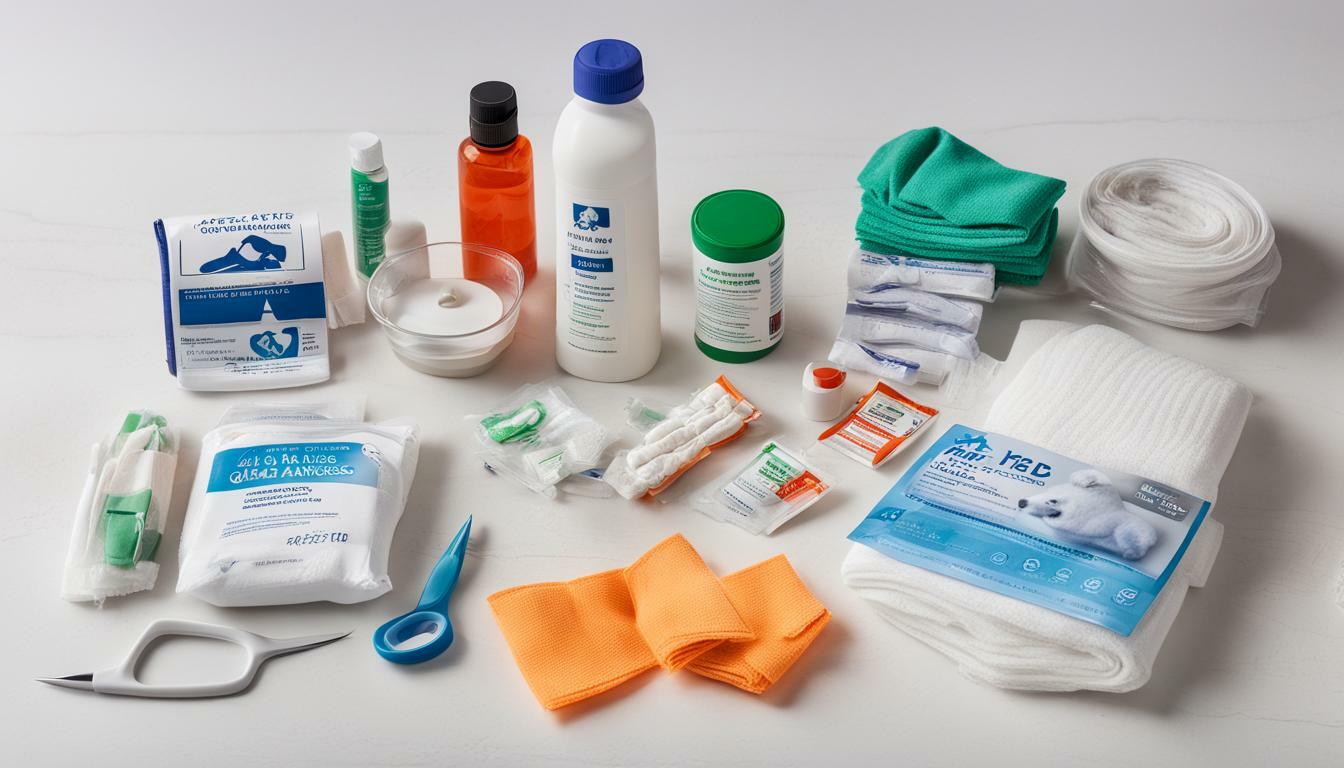
Having a well-stocked pet first aid kit is essential in case of an emergency. Be prepared and make sure you have all the necessary supplies for your pet. Remember to regularly check and update your kit to ensure that it’s always ready when needed.
Pet First Aid Supplies: Additional Precautions and Resources for Pet First Aid
In addition to a well-stocked first aid kit, there are other precautions you can take to ensure your pet’s safety. One such precaution is to consider purchasing pet insurance. Pet insurance can help cover the costs of unexpected veterinary bills, including emergency care. This can be a lifeline in situations where your pet requires costly treatment.
Another precaution is to create an emergency contact list. This list should include the contact information for your regular veterinarian as well as the nearest 24-hour animal hospital. Keep a copy of this list in an easily accessible location, such as on your refrigerator, and ensure all family members know where to find it.
It’s also a good idea to familiarize yourself with basic pet first aid techniques by taking a pet first aid training course. As we discussed earlier, having a well-stocked first aid kit is important, but knowing how to use it effectively is equally essential.
Finally, keep a copy of this comprehensive guide for pet first aid as a reference. If an emergency situation arises, having this guide on hand can provide you with quick and useful information.

By taking these additional precautions and resources into consideration, you can ensure that you are fully prepared to handle any emergency situation that may arise. This comprehensive guide for pet first aid, along with a well-stocked first aid kit, pet insurance, an emergency contact list, and pet first aid training, can give you the peace of mind that comes with knowing you are doing everything you can to keep your furry friend safe and healthy.
Conclusion
Creating a pet first aid kit is an essential step in ensuring your pet’s safety and well-being. By following this comprehensive guide, you can assemble a well-stocked kit tailored specifically for your pet’s needs. Remember to regularly check and update your kit to ensure it’s always ready for emergency situations.
If you ever find yourself in a pet emergency, the knowledge and resources provided in this guide can empower you to provide immediate care to your furry friend. With a well-equipped first aid kit and the confidence to use it effectively, you can have peace of mind knowing that you are prepared to handle any situation.
Don’t forget, pet first aid training is also beneficial in ensuring you are prepared to respond to emergencies with confidence. Check out reputable pet first aid training courses in the UK to expand your knowledge and skills.
Overall, by being proactive and prepared, you can provide the best care for your beloved pet when they need it the most. Keep your pet safe, healthy and happy by taking the necessary precautions and keeping your pet first aid kit up to date.
